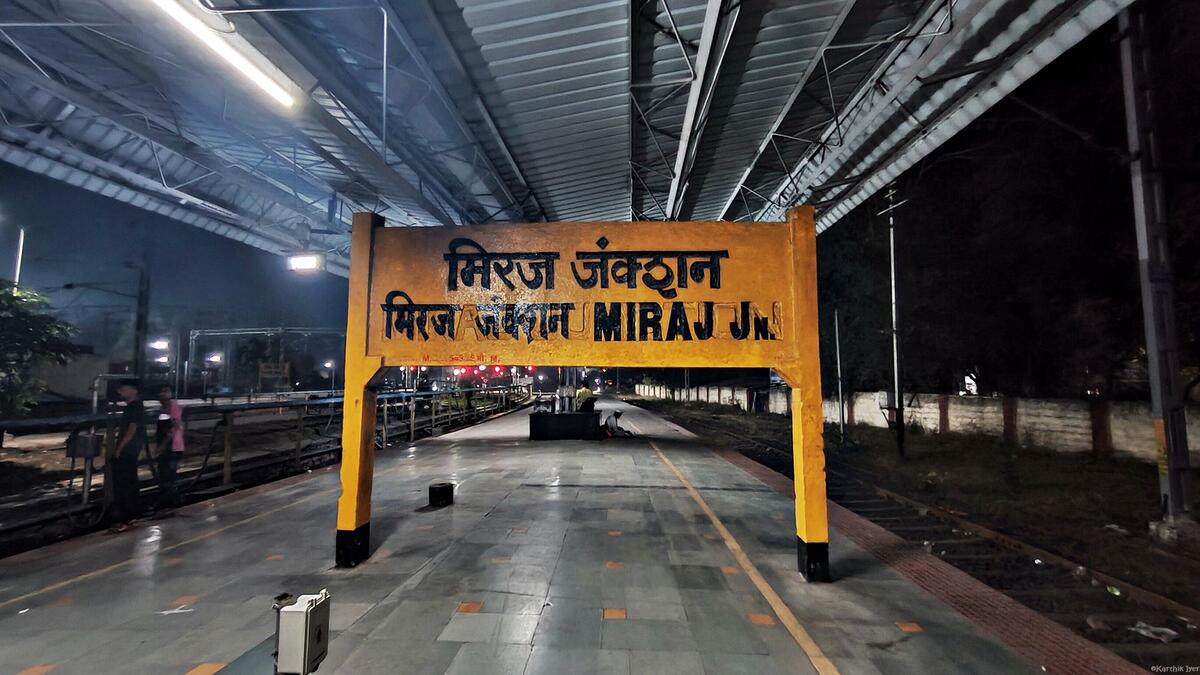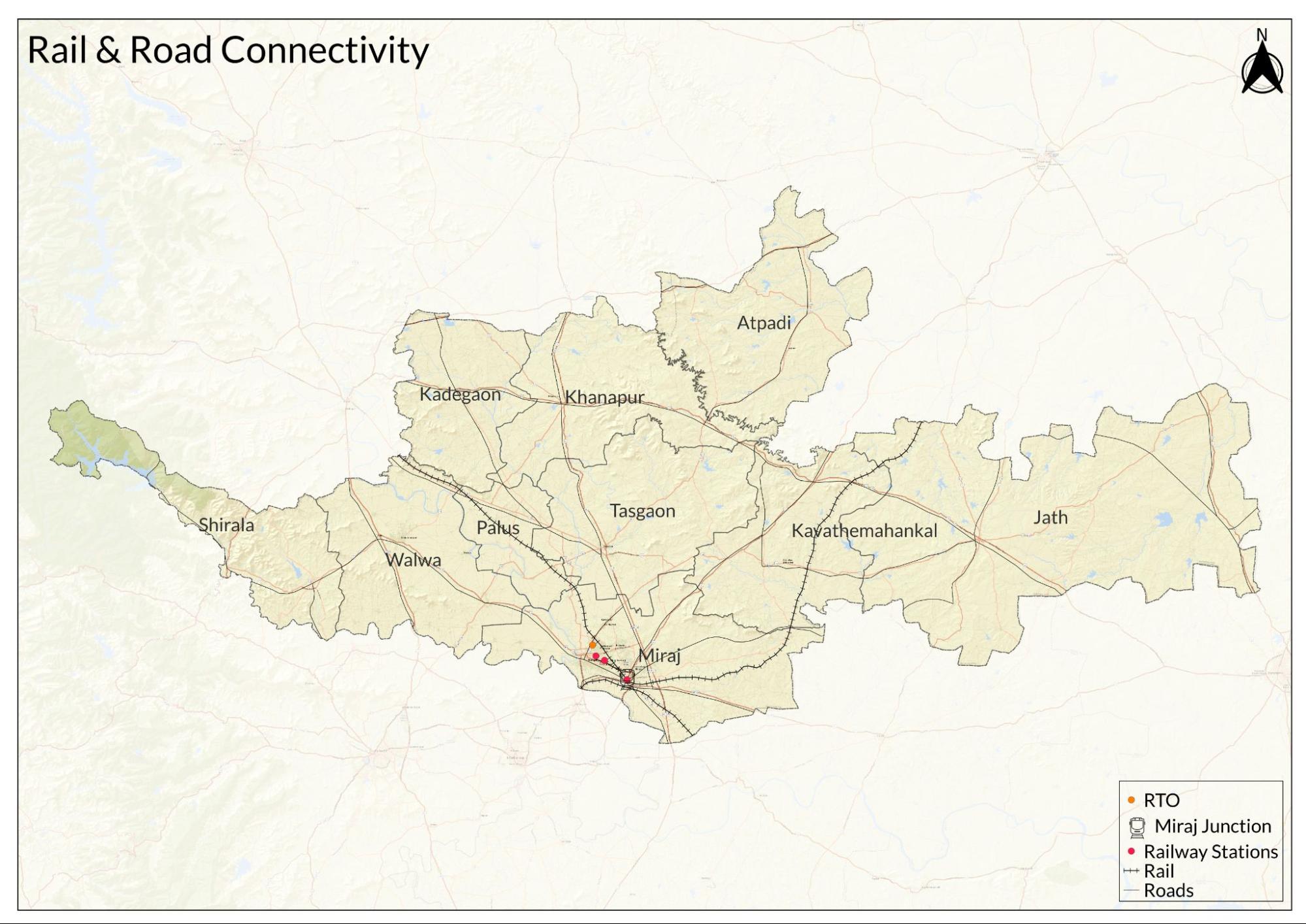Contents
- History
- Ancient Trade Routes
- Modes of Transport
- Train and Rail Systems
- Overview of Bus Networks
- Air Travel
- Ferries & Water Transport
- Traffic Map
- Communication Networks
- Newspapers & Magazines
- Graphs
- Road Safety and Violations
- A. Cases of Road Safety Violations
- B. Fines Collected from Road Safety Violations
- C. Vehicles involved in Road Accidents
- D. Age Groups of People Involved in Road Accidents
- E. Reported Road Accidents
- F. Type of Road Accidents
- G. Reported Injuries and Fatalities due to Road Accidents
- H. Injuries and Deaths by Type of Road
- I. Reported Road Accidents by Month
- J. Injuries and Deaths from Road Accidents (Time of Day)
- Transport Infrastructure
- A. Household Access to Transportation Assets
- B. Length of Roads
- C. Material of Roads
- Bus Transport
- A. Number of Buses
- B. Number of Bus Routes
- C. Length of Bus Routes
- D. Average Length of Bus Routes
- E. Daily Average Number of Passengers on Buses
- F. Revenue from Transportation
- G. Average Earnings per Passenger
- Communication and Media
- A. Household Access to Communication Assets
- B. Newspaper and Magazines Published
- C. Composition of Publication Frequencies
- Sources
SANGLI
Transport & Communication
Last updated on 6 November 2025. Help us improve the information on this page by clicking on suggest edits or writing to us.
History
Ancient Trade Routes
In the Sangli district of southern Maharashtra, recent archaeological discoveries have provided new evidence of such networks. In the Girling Hills area, researchers uncovered man-made caves that are believed to date back to around the first century CE. These caves were identified by Mansing Kumthekar, founder president of the Miraj Itihas Sanshodhak Mandal, along with Gautam Katkar, a professor at the Arts and Commerce College in Satara.
The caves contain stupas, chaitya grihas, and viharas, which are architectural features commonly associated with early Buddhist communities. According to historian Muphid Mujawar (2016), the presence of these structures suggests “this area was on an important trade route, as such caves are typically constructed along these paths; and secondly, that Buddhism was prevalent in the area.”
Modes of Transport
Train and Rail Systems
Sangli district’s rail network is part of the Central Railway zone under the Pune Division, with Miraj Junction serving as its main hub. The Pune–Bengaluru main line crosses the district, linking it to major cities, while branch lines connect Miraj to Kolhapur and Sangli town. Local trade continues to depend on this network for transporting commodities such as jaggery and chillies, which remain important to the region’s economy.
Miraj Junction is the main railway centre of Sangli district and plays a central role in connecting the region with Maharashtra and beyond. It is classified as a B-category station under the Pune Division of Central Railway and handles some of the highest passenger and freight volumes in southern Maharashtra. The station is also significant as much of Sangli’s railway history began here in the late nineteenth century.

Notably, the first railway line in this area was laid in 1887 when the Southern Maratha Railway Company built a track linking Koregaon (Satara) to Miraj. Later that same year, this line was extended to Belgaum, connecting local towns to larger markets and trade centres. Over time, this early network merged with the Madras Railway Company, and by 1907, the combined system became known as the Madras and Southern Mahratta Railway, managing routes across southern India.
At the same time, local rulers contributed directly to rail development. During British rule, Sangli was a princely state under the Patwardhan family, who financed the Sangli–Miraj branch line to link their town to the main junction. The Kolhapur royal family funded the Kolhapur–Miraj line for similar reasons, helping to tie smaller capitals to wider trade routes. After Independence, these lines were merged into the national system and brought under the Central Railway’s Pune Division.

Overview of Bus Networks
The Maharashtra State Road Transport Corporation (MSRTC) operates public bus services across Sangli district as part of its Kolhapur Division. These services connect towns, talukas and markets within the district and provide links to neighbouring cities and states. Fares are set by the state government and include concessions for schoolchildren and women travellers.
Notably, according to the district Gazetteer (1969), organised bus transport in Sangli district began after the Bombay State Road Transport Corporation Act was passed in 1948. In March 1949, the state government brought private bus services under a single public system to improve reliability and expand routes. Before this, most buses were privately run and mainly covered short distances between villages, towns and local markets.
Air Travel
Sangli district does not currently have an operational airport, but plans for new air connectivity have gained momentum in recent years. In 2023, the state government gave in-principle approval for the proposed Kavalapur airport. Unlike many new regional airports focused mainly on passenger travel, this project is intended to support local agriculture by improving the transport of grapes, turmeric, pomegranates and other produce. Farmer groups and local industries have supported the plan as a way to expand exports and improve access to wider domestic and international markets. If completed, the airport is expected to boost the district’s agricultural trade and improve logistics for related businesses.
Ferries & Water Transport
It is mentioned in the District Gazetteer (1969) that the Krishna River, which passes through the district, once served as an important route for moving goods and passengers within Sangli district. For many communities, ferries made travel and trade possible where roads were limited or did not exist. As road construction improved through the 20th century, the use of river ferries steadily declined. By the time of Independence, only a small number of ferries remained in operation on the Krishna, marking a gradual shift from river routes to roads and bus services.
Traffic Map

Communication Networks
Newspapers & Magazines
In Sangli, local newspapers have played an important role in documenting events and sharing news for over a century. According to the district Gazetteer (1969), early publications included Navsandesh, a Marathi newspaper printed within the district, along with Satyavadi and Pudhari, which were published from Kolhapur but circulated widely in Sangli.
At the time, the district supported three daily newspapers, twelve weeklies and five periodicals. Weeklies such as Dakshin Maharashtra, Vijay and Rayat were among the more widely read, while fortnightly papers like Bedar and Loksarathi added to the local news landscape.
Today, this tradition continues with newspapers in Marathi, Hindi and English reaching households across the district. Well-known publications such as Sakal and Lokmat remain popular, alongside newer titles that carry local, state and national news.
Graphs
Road Safety and Violations
Transport Infrastructure
Bus Transport
Communication and Media
Sources
Maharashtra State Gazetteers. 1969. Sangli District.Directorate of Government Printing, Stationary & Publications, Government of Maharashtra, Mumbai.
Mayuri Phadnis. 2016. Six new ancient Buddhist caves found in Sangli. Pune Mirror. https://punemirror.com/pune/civic/six-new-an…
Railyatri. Sangli Railway Station. Railyatri.in.https://www.railyatri.in/stations/sangli-sli
TNN. 2023. Sangli's Kavalapur Airport Receives In-Principle Nod. Times of India.https://timesofindia.indiatimes.com/city/kol…
World Health Organization. Road Safety. WHO, Geneva.https://www.who.int/health-topics/road-safet…
Last updated on 6 November 2025. Help us improve the information on this page by clicking on suggest edits or writing to us.